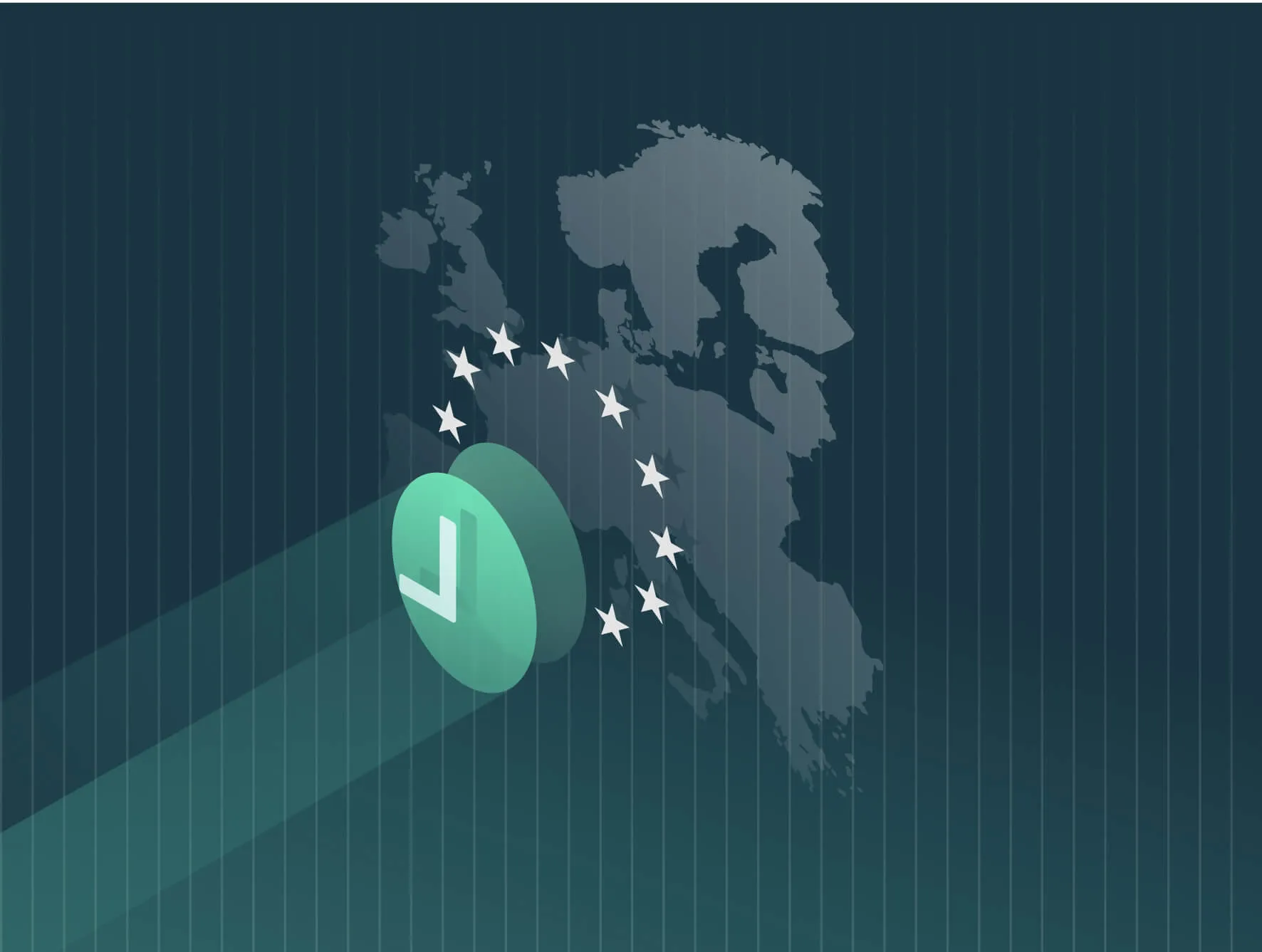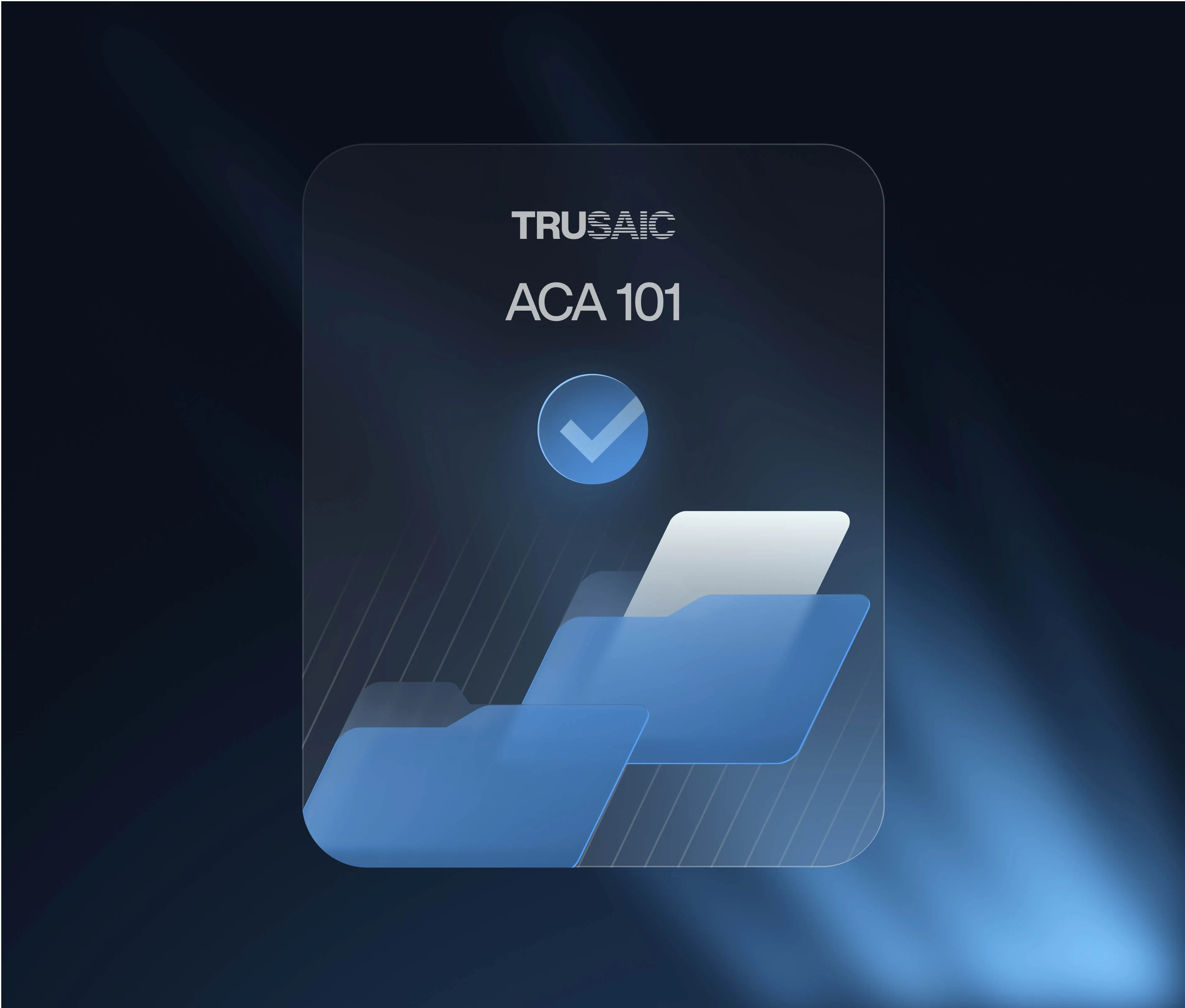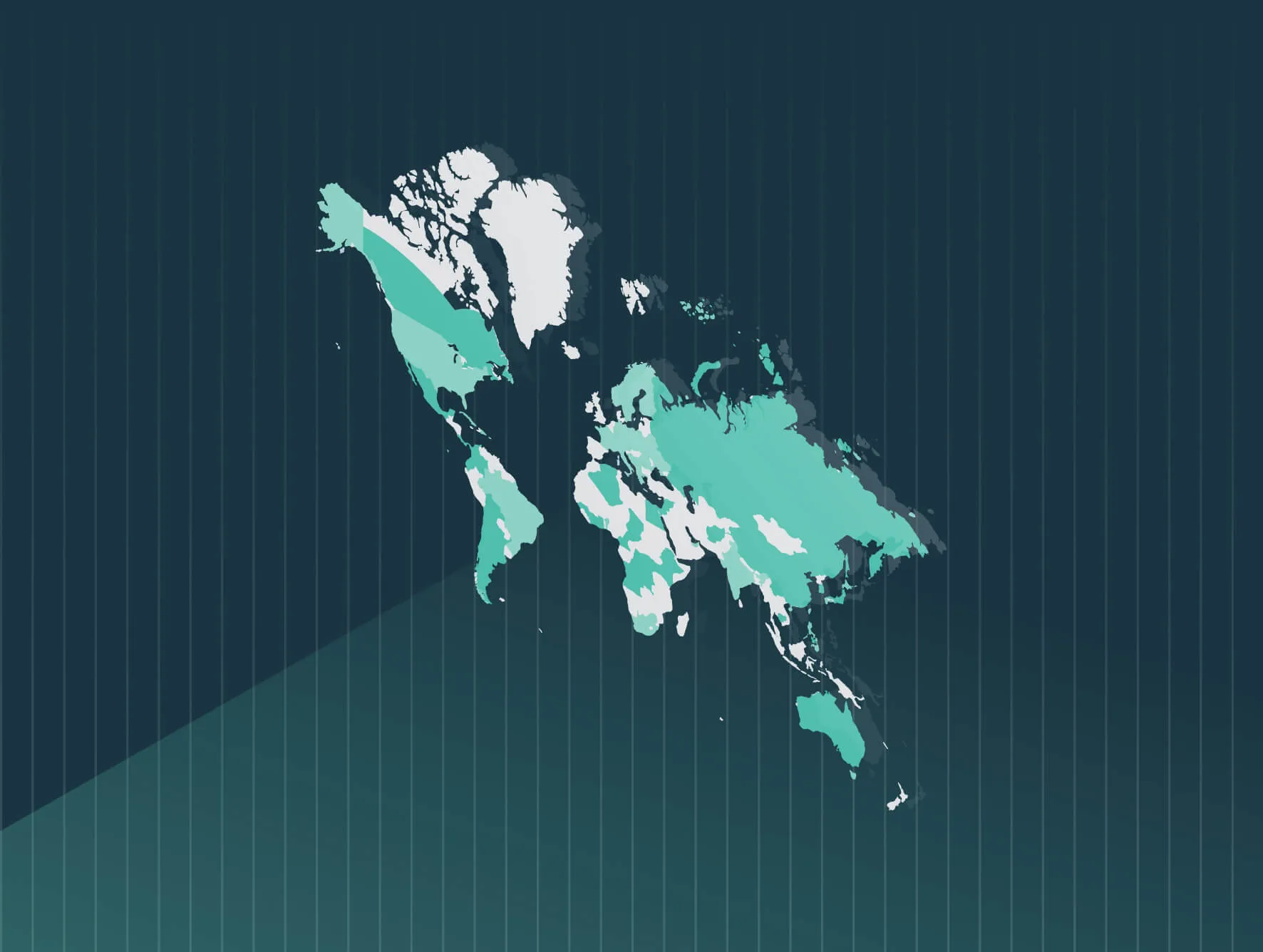After initially voting against the proposed amendments to its Labour Code in February, the Polish Parliament passed its reworked Act to transpose the EU Pay Transparency Directive (EUPTD) June 4, 2025.
The amendments, which focus on the pay transparency elements of the EUPTD, are set to take effect six months after publication (December 2025).
The proposed amendments do not include the pay reporting (submitting gender pay gap metrics) provisions of the EUPTD. Those are likely to be addressed in 2026, as the first reporting requirements are June 2027. This is an approach we are seeing more EU Member States take in their transposition efforts.
Poland’s Pay Transparency Amendments
Poland’s pay transparency amendments to its Labour Code emphasize a fair and gender-neutral approach during the hiring process. The new provisions include:
- Pay range transparency: Employers must provide applicants with information on the starting salary or pay range (based on objective and neutral criteria). Additionally, if an employer has a collective bargaining agreement, or specific rules about pay, it must be disclosed to the applicant.
- Salary range information on job postings: Employers must provide pay range information on all job ads, or provide it to applicants ahead of an interview. Job postings must use gender-neutral language and gender-neutral job titles, and employers must conduct the recruitment processes in a non-discriminatory manner.
- If the employer fails to provide the pay information in the job ad, or prior to the interview, it must be provided before an employment contract is signed, or they are subject to fines and penalties.
- Salary history ban: Employers are not allowed to ask applicants about their prior salary.
The finalized amendments removed specified timelines for right-to-information requests, and additional pay progression transparency requirements. The monetary penalty for non-compliance, which was originally set between PLN 1,000 and PLN 30,000 for each offense, was also removed from the finalized version.
Similarities and Differences to the EU Pay Transparency Directive
The pay transparency provisions from the EU Pay Transparency Directive will be implemented almost exactly based on Poland’s proposed amendments. Employers would be required to provide salary ranges in job postings and comply with employees’ right to information about pay upon request.
However, there are some notable differences. As highlighted above, there is no detail concerning pay reporting requirements in the current draft proposal. Additionally, Poland has specified monetary fines for non-compliance, which was only a suggestion in the EUPTD. There are also existing employee protections in the Labour Code that remain intact, such as protections against retaliatory/adverse actions if employees bring forth pay discrimination claims.
Work of equal value is outlined in Poland’s existing labor law, and is defined as work that requires comparable qualifications, responsibilities, and effort, performed under similar working conditions.
This will be underscored as pay transparency amendments take effect, as organizations will need to further clarify job roles and responsibilities and ensure a gender-neutral approach is taken.
Prepare to Comply
While the amendments still must be signed into law, the pay transparency provisions could take effect as early as December 2025. Employers should operationalize fast on the following items.
- Take a gender-neutral approach to job architecture: Ensure your existing framework is optimized to adapt to the new pay transparency requirements during hiring. Workers have a right to information about their pay vs. the average in their “category of worker,” which should be clearly defined ahead of such a request.
- Pay explainability. Prepare to explain how you differentiate and define performance in setting base salaries. Pay transparency legislation means workers must be given access to criteria used to define salary and pay raises.
- Analyze pay gaps. Identify the causes where pay disparities exceed 5%. If there is no objective justification, we recommend addressing any anomalies to remove those unexplained gaps.
How Trusaic Can Help
At Trusaic, our solutions help global organizations navigate the evolving regulatory landscape.
Our Pay Equity Software Suite enables compliant pay systems, ensures gender-neutral job evaluations, and automates complex reporting obligations to keep you one step ahead of EU pay transparency enforcement.
- PayParity® helps you understand, explain, and resolve pay inequities across gender, race, age, and more. Conduct proactive or compliance-driven analyses to pinpoint disparities, reduce legal risk, and build trust by ensuring fair, transparent pay practices across your workforce.
- Our Remediation Optimization Spend Agent (R.O.S.A.) works as PayParity’s AI remediation partner to maximize the ROI of your remediation budget.
- Salary Range Finder helps you prevent pay inequities before they start with data-driven pay range guidance. This enables you to easily comply with the Directive’s salary range disclosure and employee right to information requirements.
- Regulatory Pay Transparency Reporting™ helps you confidently report and comply with pay transparency requirements across EU member states.
- Our Pay Transparency Agent answers all your pay transparency reporting questions instantly
- Our Communications Agent crafts perfect contextual narratives in any language to support your annual pay reports.
Trusaic is GDPR compliant and can assist any organization in any EU state in meeting its obligations under both the EU Corporate Sustainability Reporting Directive and the EU Pay Transparency Directive.
Visit our always updated Member State Transposition Monitor to stay on top of the latest EU Pay Transparency Directive developments.







